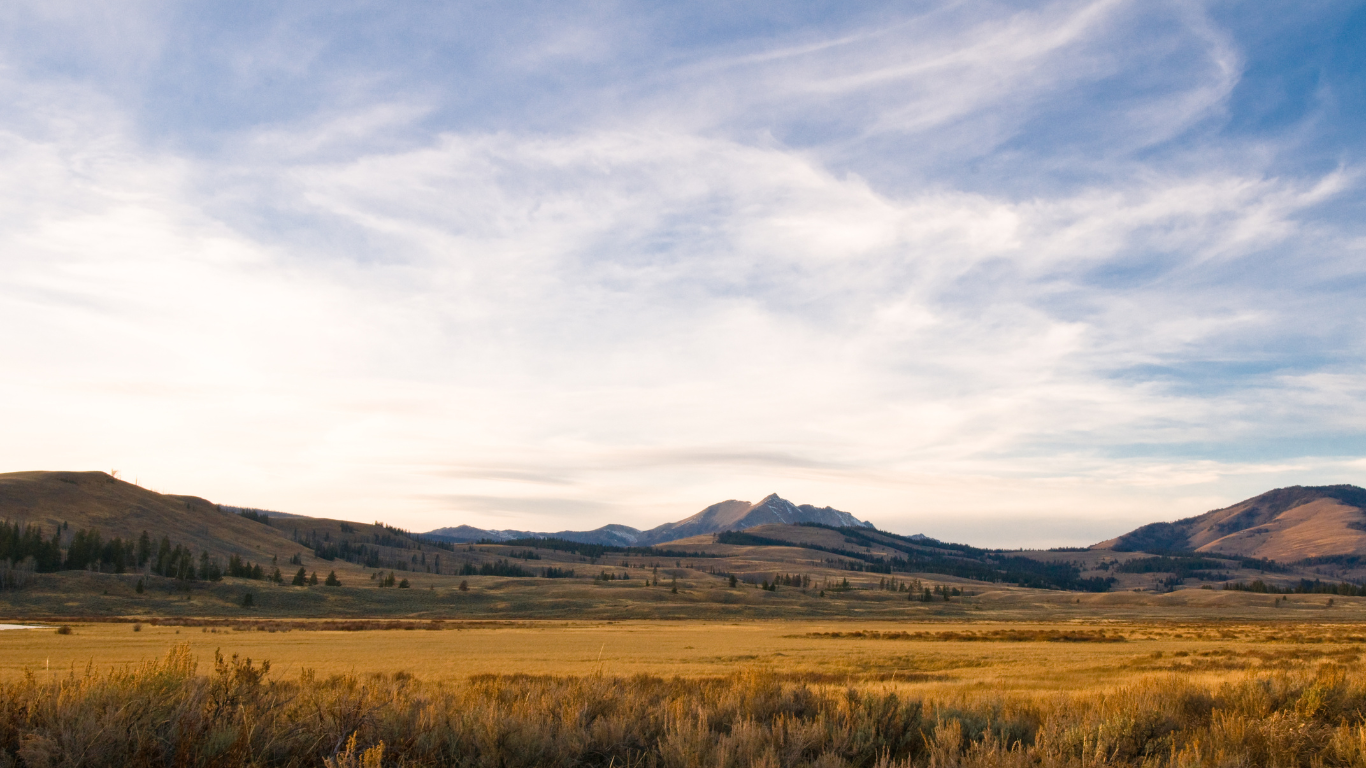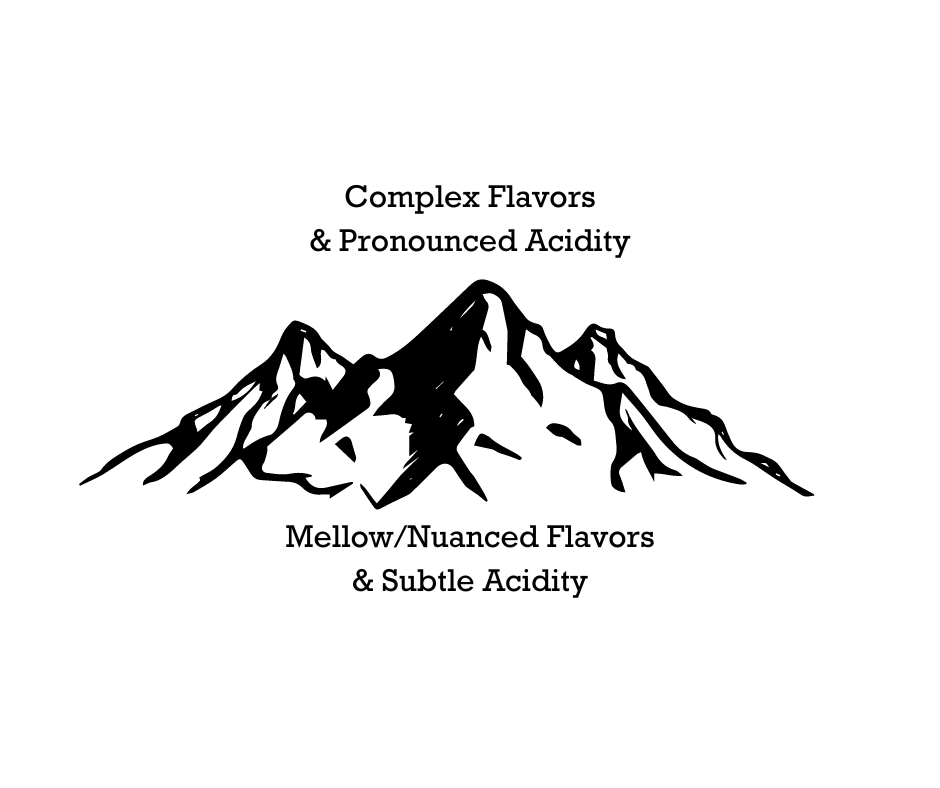
Altitude
In the world of coffee, altitude plays a pivotal role in shaping the flavor profile of each bean. Generally, coffee grown at higher altitudes tends to boast more intricate flavors and a pronounced acidity. This phenomenon arises from the slower development of beans in cooler climates, allowing them to absorb unique characteristics from the surrounding environment.
Diving a little deeper, variations in altitude within coffee-growing regions create microclimates that further enhance the complexity of coffee flavors. These microclimates result in distinct flavor profiles, offering a rich tapestry of tastes that range from fruity and floral notes to hints of chocolate and nuts. As a result, coffee aficionados can explore a vast array of coffee beans, each showcasing its own unique qualities and nuances.
Understanding the impact of altitude on coffee not only adds depth to your coffee knowledge but also opens up a world of possibilities for discovering new and exciting flavor experiences. Whether you prefer a bright and lively cup or a more mellow and nuanced brew, the influence of altitude invites you on a flavorful journey through the diverse landscapes of coffee cultivation.

For some additional context, listed below in descending order are our single origin coffees and their corresponding altitudes:
- Equestrian's Ethiopian Roast: 1700 to 1900 Meters
- Ranch Hand's Honduran Roast: 1300 to 1700 Meters
- The Nothin' But Try Hard Labor Roast: 1300 to 1500 Meters
- Wrangler's Costa Rican Roast: 1300 to 1445 Meters
- Trainer's Tanzanian Roast: 1200 to 1900 Meters
- Brumby Bali Blue: 1200 to 1600 Meters
- Morochucos Peruvian Roast: 1100 to 1700 Meters
- Morochucos Peruvian Roast Decaf: 1100 to 1700 Meters
- Vaquero Mexican Roast: 900 to 1000 Meters
- Brazil Santos Campolina: 750 to 1050 Meters
